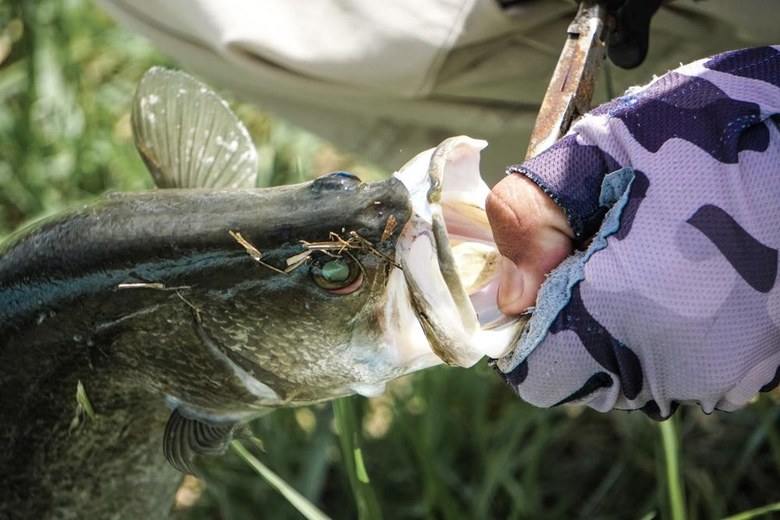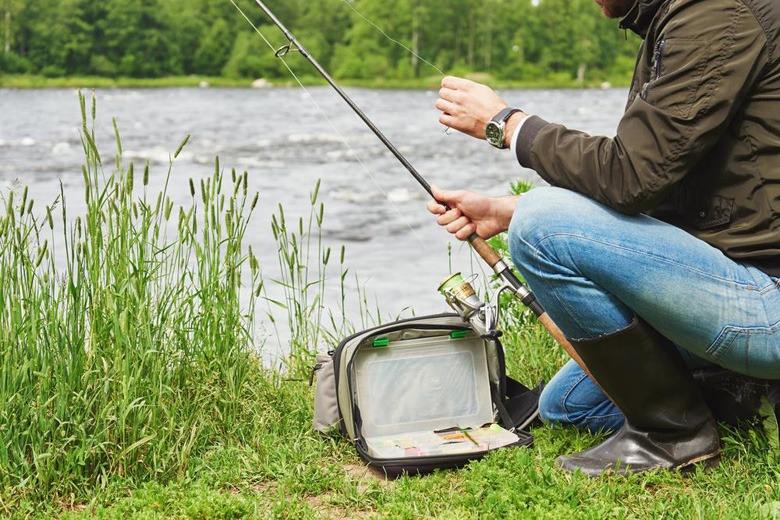One reason why bass fishing is among the most popular game is because they are somewhat easier to fish than other species; mainly because they’re so abundant. However, the fact that these fish can thrive in many bodies of water does not always indicate that you will constantly load them on the boat in each fishing trip.
It requires more than just a simple tossing of the bait and hoping there is a hungry bass close by willing to bite. Consistently catching these big fish essentially comes down to a good application of techniques. In this post we will share important tips to maximize your success and performance as a bass angler.
Whether you are an aspiring tournament angler or a weekend bass warrior wanting to learn more tricks of the trade, the tips you will learn here should help maximize your success and performance. Learning more methods and becoming a diverse angler will result in your catching the more lunker-size bass on upcoming fishing trips.
More...
I. Basic Facts and Information about Bass

What do you mostly think of when you hear the term “bass”? Almost certainly a largemouth bass or Micropterus salmoides is what you’re visualizing. In general, “bass” is a term that’s shared by several various types of the fish species. And they include Guadalupe bass (M. treculii), Choctaw bass (M. haiaka), spotted bass (M. punctulatus), striped smallmouth bass (M. dolomieu), white bass (M. chrysops) and bass (Morone saxatilis).
In this article, the fishing guidelines for bass are aimed mostly toward largemouth bass, particularly since they’re one of the most common fish pursued by fishermen.
Different Types of Bass
Largemouth bass are a black bass species and deemed as a top predator. However, they can be hunted by animals and other fish when they’re still young. Largemouth bass has an extremely distinct look; they’re olive green with dark strips in one jagged strip that’s horizontal along every flank.
Largemouth bass can live up to sixteen years when undisturbed, and reach a maximum recorded weight of 22 pounds and length of 29.5 inches. Their diet mainly consists of bait fish, frogs, crawfish, scuds, insects, shrimp, snakes and small fish.
They catch and consume prey that can be as huge as a quarter to half of their body size.
II. Bass Fishing Guidelines and How to Catch

So here’s the section that possibly brought you here. But be certain to read the entire article because, as we’ve said, catching trophy bass is not as easy as tossing on the correct lure. There are numerous factors that play a part in this activity. Below are a few key guidelines that will aid to improve the bass game:
- Spring and fall are expected to be the best periods to catch bass. The fish’s metabolism is enhanced, and they’re too aggressive during these times. So just be certain to get going on the water during these seasons.
- Find one and then you will be set. As soon as you find spots where the bass cluster in groups, you should be good to go. These fishes school together. They are frequently dwelling in the same holes again and again. Find these bass spots and mark them on the GPS. A best cartplotter fishfinder combo will also do well under such circumstances.
- Make use of shiny lures if it is sunny outside. The sun will shine onto the lures like spinners, grabbing the attention of the bass. They’re relatively lazy fishes, so catching their attention is very important.
- Cover more water. These fishes are aggressive. Set the bait around them and you’d be surprised to see that they will consume it 90% of the time. Troll to cover huge areas or throw and retrieve - focus on areas where the bass are likely staying in groups.
- Troll a floater on top of the weed beds. This method works very well during the warm summer days when the bass are burying themselves in the weed beds away from the sun.
- Make use of a tube jig tipped with an actual worm. This is a good luring method that appears to work well all the season. You can fine-tune the jig’s weight based on the depth of the water.
Check out this video on how to catch bass – tips and mistakes:
III. Best Bass Bait and Lures
Bass aren’t meticulous eaters. They’ll pretty much target nearly anything you have within the box. Frequently, larger lures generate larger fish, so remember that. Below are a few of the main lures known to yield bass most of the time.
Get bass with artificial worms. Plastic worms are much plainer than other lures to catch fish with. Set the artificial worm on the line, throw out the line, and allow the artificial worm to sink to the bottom. Instead of dragging the rod, you can just reel the line back in at different speeds.
Since actual worms are not jumpy, you don’t have to jerk the reel like how it’s done with the other lures. You ought to put weight into the worm so that it sinks once it has been cast. Otherwise, it’ll remain too close to the surface and not draw the bass out.

Hook bass using live bait. The most effective method for live bait is to move your line around constantly. The bait on the hook is mostly dead or entirely dead, yet bass are extremely attracted to live ones. To copy the live fish, frog, or worm, you ought to move your line around always.
This can be done via reeling in or somewhat moving the pole to and fro to make it appear like the bait is actually moving around in a natural manner.
IV. Conclusion
Bass are a popular game fish for a reason. And the largemouth bass is, in fact, the most commonly sought bass, even though there are other varieties like the Choctaw, Guadalupe, smallmouth, white, striped, and spotted bass.
Whether you’re preparing for the beginning of the fishing season during the spring or reveling in a late summer night, the guidelines here will help you catch a few or not many bass. Remember that bass are aggressive fish but you still need to apply technique to maximize your performance.
Leave a Reply